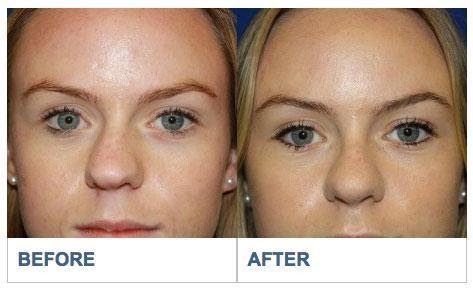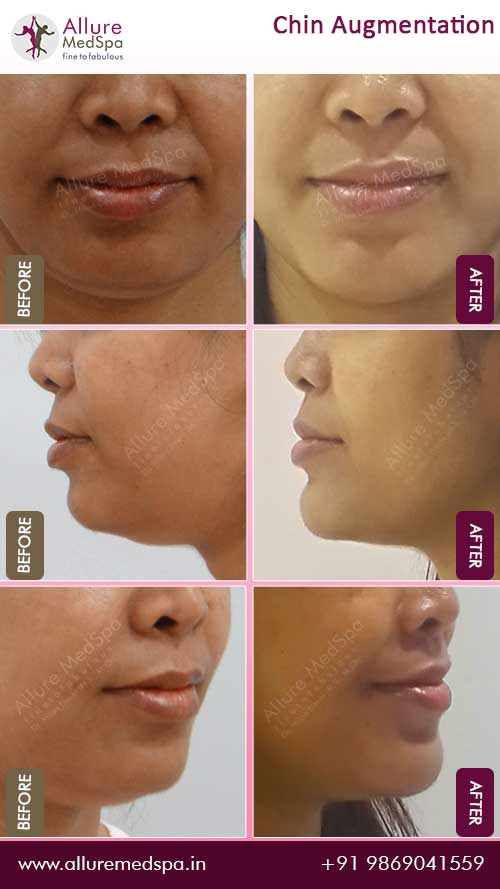
You might be wondering what the recovery from upper blepharoplasty will look like. This article will explain what to expect during the recovery process, how to care for your eyes, side effects, costs, and more. We'll also talk about the average cost of your procedure. Here are some points to keep in mind prior to your procedure. Below are the most common side effects after surgery. After surgery, you can expect to feel swelling, bruising, pain, and other side effects.
Pre-op requirements
Prior to surgery, a comprehensive eye examination is important for the patient's safety and optimal surgical result. Pre-operative tests will document the patient's vision, tear film stability, and strength of eyelid closure. A visual field test will be performed by the surgeon to determine visual acuity and symmetry of the eyelids. A preoperative photo is also routinely taken before any functional blepharoplasty.
Usually, swelling and bruising around eyes will disappear within a few weeks. Patients will be able resume normal activities like contact lenses and makeup for a few more days. Patients should refrain from strenuous activities for the first week. However, most patients will be fully recovered in two weeks. A responsible adult should accompany the patient when he or she returns home. The surgeon will go over post-operative instructions with them. Patients should restrain their activities for 72 hours while they recover and keep their head up. Patients should take a minimum of five to seven days off from work. They should also avoid using cosmetics for at most two weeks.

Post-op care
Post-operative painkillers should not be the only option. Patients can also use cold compresses or ice to reduce swelling. Some patients may experience numbness around their eyes for a few hours. Patients can also use eye-shaped cooling packs or frozen peas or corn wrapped in sterile plastic. Patients should avoid touching the incisions with any foreign objects or fingers.
After a few days, you can start showering and bathing again. You can wash your hair with mild shampoo for the first five days and apply ice packs to the eyes. You should also refrain from applying eye makeup to the surgical site. After four or five days, you can start using eye makeup again. But you should avoid any contact lenses or sunglasses for at least two weeks after your procedure.
Common side effects
Although upper Blepharoplasty is usually performed in an outpatient facility, there may be side effects after surgery. It can cause slight pain, blurred sight, double vision and sensitivity to sunlight. You will need someone to drive your car home. It is important that you do not smoke for at most two weeks prior. Smoking can hinder healing and can increase your risk of infection.
Although swelling and itching are common following blepharoplasty surgery, they are easily treated and can be temporary. Elevation of the head and cold compresses can help reduce swelling. Ointments and eye drops can help alleviate dry eyes and tightness around the incision sites. It is important to avoid eye strain after surgery.

Average cost
The average cost for an upper-blepharoplasty is approximately $3,200. The cost of an upper blepharoplasty depends on how much skin, fat, or muscle is removed. Patients who combine upper-blepharoplasty and another aesthetic procedure may end up spending more. It is important to plan ahead as both the recovery and operation times can be long. Average recovery time after upper blepharoplasty takes six weeks.
Although minor swelling andbruising are common following an upper blepharoplasty the effect is usually minimal. Most patients will feel no discomfort after the procedure. It will subside in a few days. You can reduce swelling by using cool compresses or elevating your head for a few days. Although most patients experience minimal bruising, there may be some tenderness for a few more days. Upper Blepharoplasty recovery costs on average range between $1,500 and $3,000; you can check with your surgeon to get specific estimates.